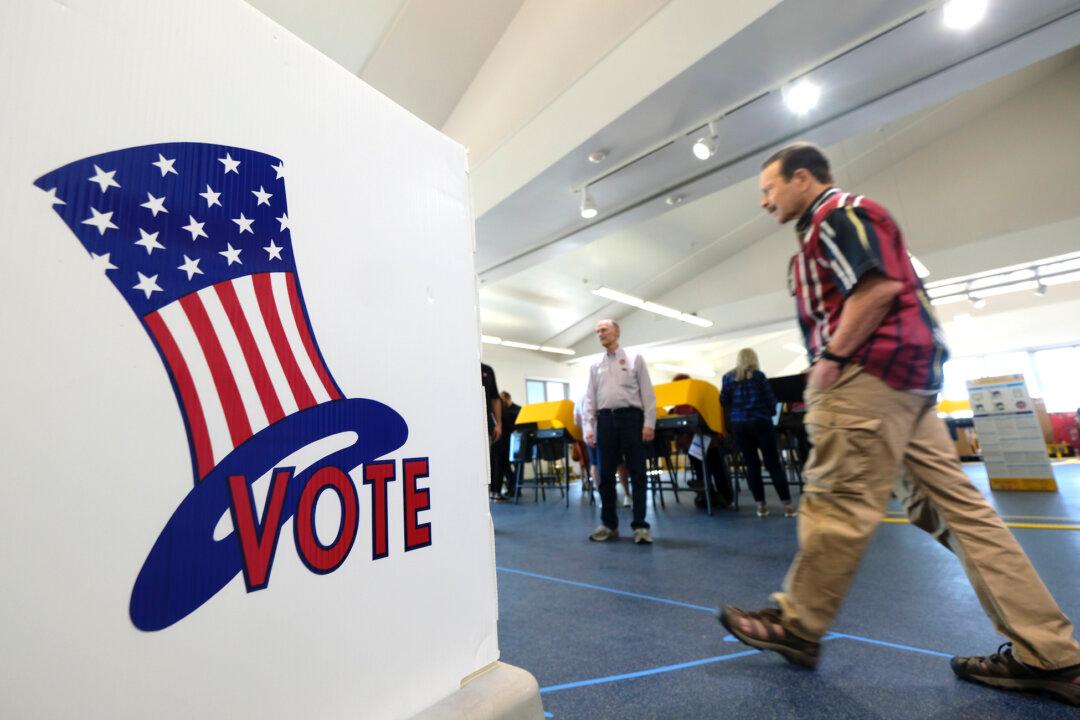More than 1 million ineligible people remain registered to vote in California, which is a concern ahead of the November elections, says a citizen watchdog group.
The group—Election Integrity Project, California (EIPCa)—first filed a lawsuit against the state in August 2017 citing violations of the National Voter Registration Act. The 1993 law requires states to reasonably maintain state and county voter registration rolls.





